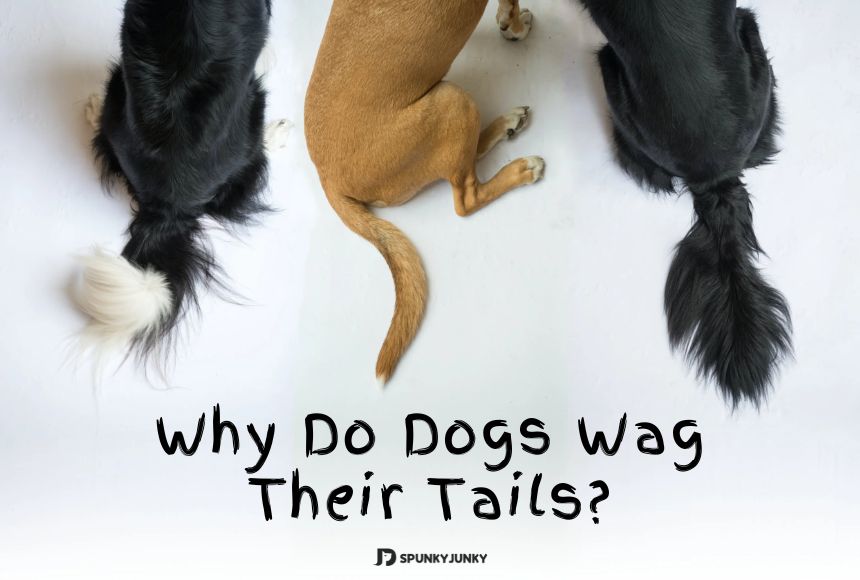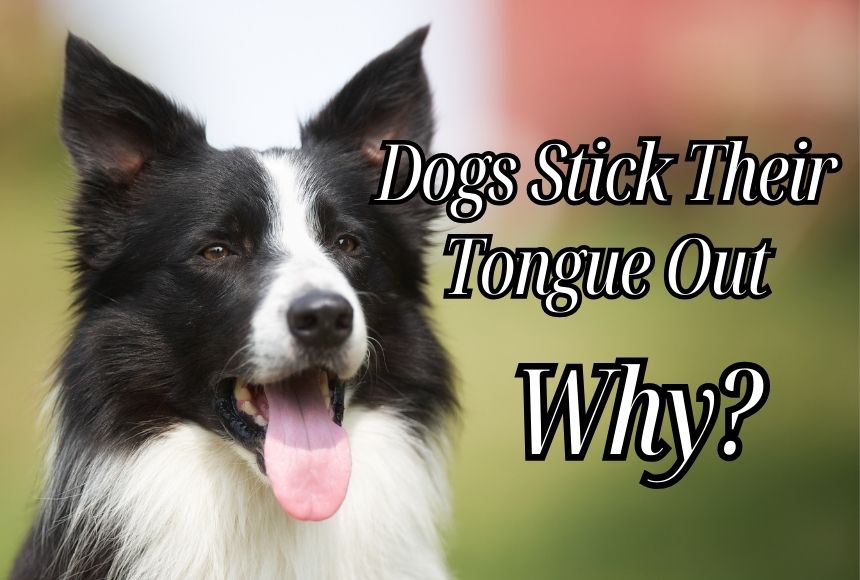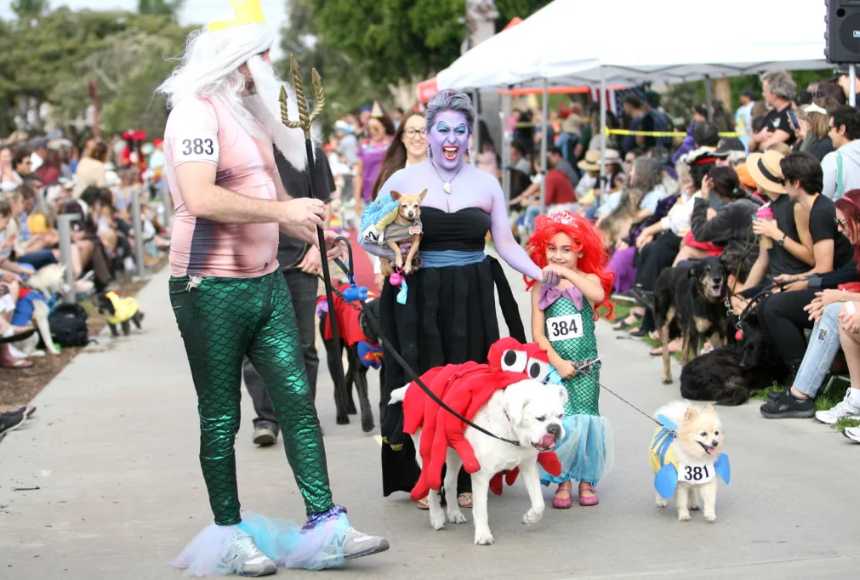Why Do Dogs Wag Their Tails?
Just like humans express themselves through language, dogs have their unique language - through their tails. It's a fascinating form of communication, a swing symphony that reveals a range of emotions.
But how do we decipher this tail-speaking language? It all depends on the position and rhythm of their swing.
Imagine a dog's tail as its tool for talking, with different positions representing different words and rhythms reflecting their volume control. However, given their different anatomies, this intricate canine dialogue can sometimes be puzzling and fascinating. So, let's embark on a journey of discovering tail wags and learning about the stories their tails tell.
How to Read a Dog’s Tail Wag

Just like humans, dogs have their unique way of expressing emotion - wagging their tails. It is a language that speaks with tails. How should we interpret a dog's tail? Start with the position and speed of the swing.
Think of a dog's tail as a tool for their chatter, with different positions representing different words. What about speed? It's their volume control - the faster you shake it, the louder the "bark" will be!
Now, here's the problem - due to their unique anatomy, deciphering wagging dog tails can be a bit convoluted. Most puppies have a loose tail that hangs over the heels. But there are also everyday cocked and short-tailed dogs.
Don’t worry. Let's explore what different wagging dog tails represent!
Why Do Dogs Wag Their Tails?
1. Happy

The number one reason dogs wag their tails is to indicate happiness and friendliness. When dogs are happy or amiable, their tails are usually in a neutral position, parallel to the ground, and wagged at a moderate speed. It may also raise or lower slightly when rocking. The tail has a relaxed but full sweep, possibly even a circular or "helicopter tail" motion. This portrays this positive character.
Notably, the speed of the swing correlated with the dog's level of excitement. Sometimes the enthusiasm is so strong that it goes beyond the tail. It involves wiggling of the hips or the entire body, especially in short-tailed breeds.
2. Curious

When dogs are curious about something new, they stick their tails straight behind them. Sometimes it stays still, but not stiff. They may also stand up, prick their ears, and show wrinkles on their foreheads.
3. Submissive/Fearful

Dogs express their feelings by wagging their tails and can show signs such as lowering their tails or tucking them between their legs. When scared or unsure, dogs may lower their tails to protect themselves. This way, they tell other dogs or people they need space and time. Sometimes, if a dog is really frightened, it may tuck its tail tightly between its legs and wag the tip of the tail quickly. It's like they're saying, "I'm worried. Please don't be mean." If you see dogs doing this, it's best to give them space and not come close. Let them come to you when they feel better. Remember that even if a dog's tail wags a little when it's curled up, it probably doesn't mean they want to play.
4. Aggressive/Threatening
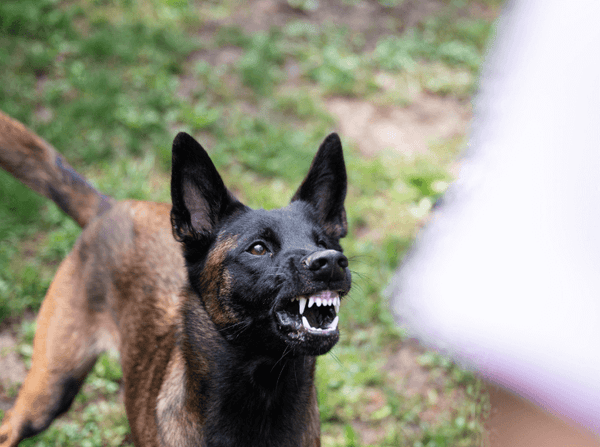
Dogs use their tails not only to express joy, but also to express anger. If a dog is ready to attack, their tail may stand erect on their back. It's really stiff and you may not even be able to move. When a dog's tail looks like this, it means they are preparing for a potentially aggressive situation. They get disturbed if their tail moves quickly and closely together. If the dog feels threatened, it is important to change the situation immediately. Do not approach dogs as they may try to bite if someone or something approaches when they do. If the dog can't move, it's best to change what's causing them to feel that way. In addition to a high tail, there are signs of body stiffness, wide-open eyes, and flattened ears.
5. Avoidance
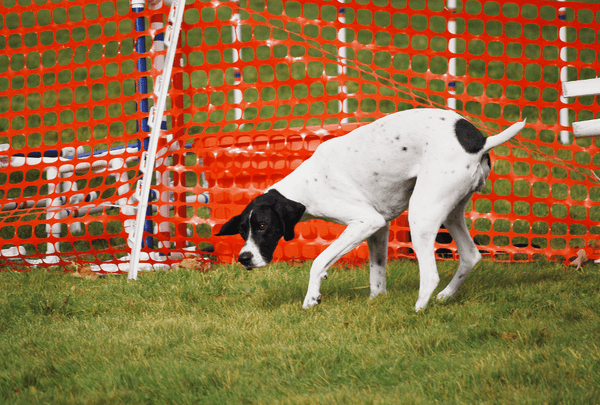
Dogs use their tails to tell us how they are feeling, and when they want to be left alone, they stop wagging their tails and may walk away. Sometimes they will groom themselves or smell the ground and say, "Please leave me quiet" or "Please calm down." That doesn't mean they're mean. They ask for some space. If we approach them when they are like this, they may start to behave differently, either trying to avoid trouble or acting like they are unhappy. If we give them time, they may come to us later.
Different Breeds of Dogs Wagging Their Tails
Different breeds of dogs have their unique talents in the art of tail wagging, and each dog weaves a unique story through the movements of its tail. How a dog wags its tail can tell us about its breed-specific traits and personality traits.
● The Greyhound has a sleek and graceful body, and the gentle tail wagging reflects its grace.
● The Bulldog's exuberant tail exhibits a whirlwind movement that reflects its lively nature.
● The Border Collie's tail wags purposefully, reflecting its keen focus and boundless energy.
● The pendulum-like swing of Teddy's tail is an extension of its eagerness.
● The Samoyed's tail flutters like a flag of joy, reflecting its hospitable and sociable personality.
● Known for their short legs and long torsos, Corgis have low tails but wag with undeniable joy.
● Huskies have thick, bushy tails that curl and wag appealingly, reflecting their playful and active nature.
● The Poodle's tail can be swirled gracefully, exuding a sense of poise.
● A Labrador's tail can create a vague excitement through its enthusiastic back-and-forth movements.
These diverse tail expressions are like their own language, allowing each breed to share its personality and endearing charm in a non-verbal but universally understandable way.
How Do Dogs Without Tails Communicate?
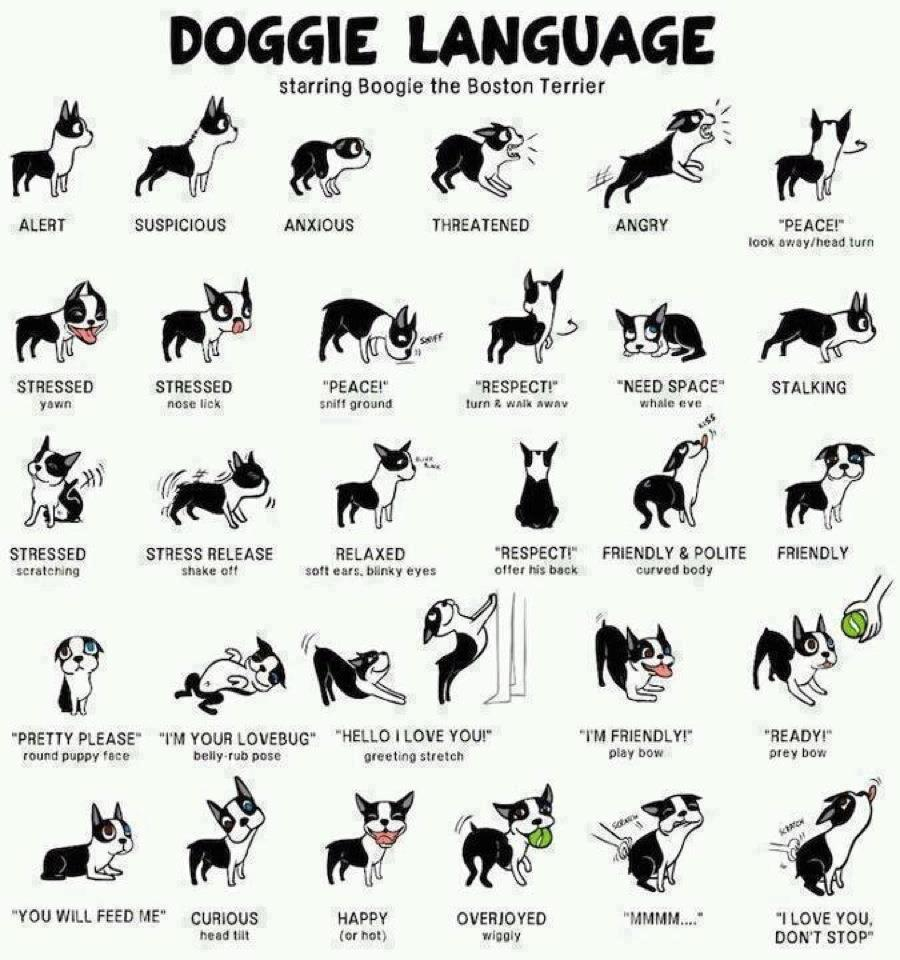
Beyond wagging their tails, dogs employ a variety of actions to express their emotions and communicate with humans and other animals. For instance:
Body Posture: Dogs alter their body posture to convey their feelings. An erect and confident stance might signal alertness or dominance, while a lowered posture might signify submission, fear, or relaxation.
Ears: Ear position can indicate emotions. Ears perked forward can indicate curiosity or excitement, while flattened ears suggest submission or fear.
Eyes: Intense staring with dilated pupils can indicate attentiveness, excitement, or aggression. Blinking or avoiding eye contact might signify submission or unease.
Barking and Vocalization: Different barks and sounds can represent various emotions. Playful barks can convey excitement while growling might indicate discomfort or threat.
Whining or Whimpering: These vocalizations are often associated with anxiety, seeking attention, or discomfort.
Yawning: Dogs might yawn when stressed, tired, or anxious, similar to how humans yawn in response to stress.
Licking: Licking can signify affection, submission, or even anxiety. Mother dogs lick their puppies to soothe them.
Pawing: Pawing at a person or object can be a way to seek attention, show affection, or indicate excitement.
Rolling Over: Rolling over can show submission or a desire to play. It's also a sign of trust when a dog exposes its belly.
Jumping: Jumping can be an expression of excitement, a way to greet people or a sign that the dog is seeking attention.
Bodily Movements: Dogs might engage in play bows, lowering their front end while keeping their rear end up. This is an invitation to play.
Understanding these nonverbal cues and actions helps us better interpret and respond to our furry companions' emotions, fostering better communication and stronger bonds.
Final Thoughts
The wagging of a dog's tail is a window into a dog's inner world, inviting us to a deeper connection. With every swing, we gain insight into their joys, curiosities, worries, and more. However, it's not just the tail that does the talking. Dogs express emotion through their posture, ears, eyes, and even voice. By learning to interpret these canine postural signals, we form a richer connection with our canine companions, a conversation that goes beyond words and truly touches the heart.




